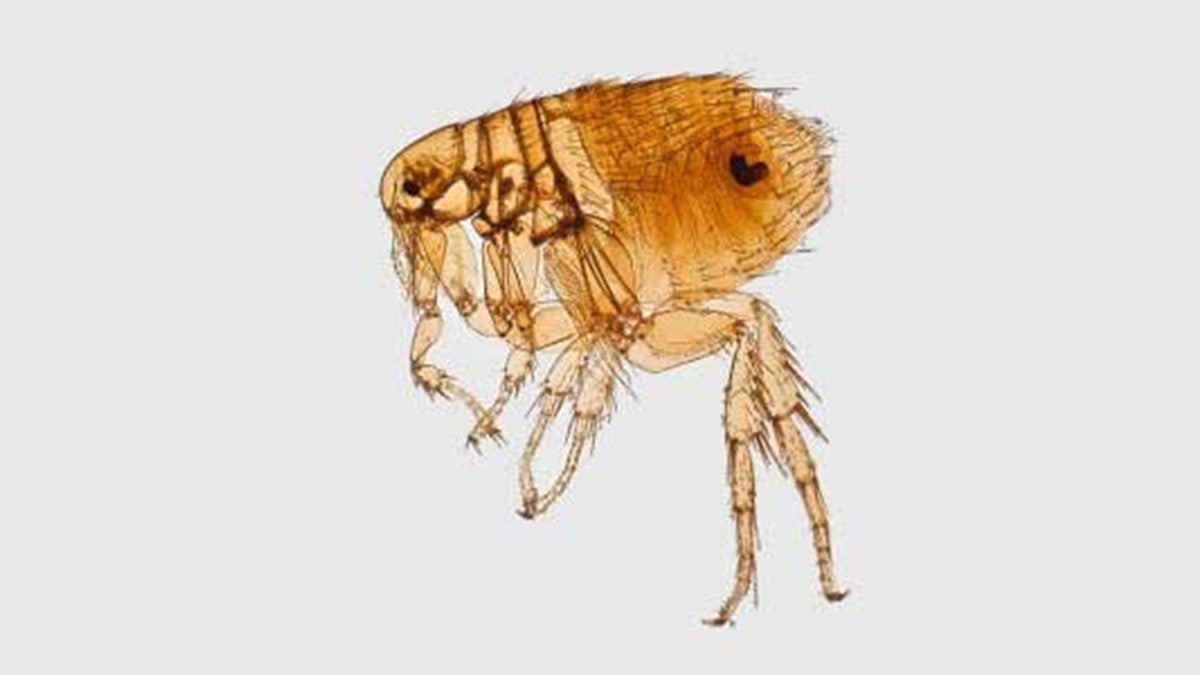New Mexico health officials reported the state’s first case of plague this year — the latest in a string of cases across the western U.S.
The unidentified 43-year-old man from Valencia County was hospitalized for the disease and has since been discharged.
He may have been exposed while camping in Rio Arriba County, which borders Colorado, according to the state’s health department. Plague is known to circulate among wildlife throughout the West.
The last human plague case in New Mexico was reported in a Lincoln County resident last year. The man later died from the infection.
“This case reminds us of the severe threat that can be posed by this ancient disease,” Erin Phipps, the state public health veterinarian, said in a statement. “It also emphasizes the need for heightened community awareness and for taking measures to prevent further spread.”

Earlier this month, a California man tested positive for plague following a camping trip near Lake Tahoe in El Dorado County. Health authorities believe he had likely been bitten by an infected flea. The man has been recovering at home under the care of a medical professional.
“It’s important that individuals take precautions for themselves and their pets when outdoors, especially while walking, hiking and or camping in areas where wild rodents are present,” Kyle Fliflet, El Dorado County’s Acting Director of Public Health, said.
Several cases of plague in humans and animals have been reported in western states this year. An Arizona resident died in July, marking the first recorded death in the state since 2007 from the plague. The death occurred in Coconino County, roughly three hours north of Phoenix. A prairie dog die-off had been reported in the area, which can be an indicator of plague.
Oregon health officials reported the state’s first case of the plague in eight years in winter 2024, after a person was suspected to have been infected by their pet cat.
Plague is incredibly rare in the U.S. and there are just seven cases each year on average. Caused by the bacterium,Yersinia pestis, plague spreads from flea bites or direct contact with infected animals, including pets.

Plague occurs in three forms: bubonic, septicemic, and pneumonic, depending on whether the infection hits the lymph nodes, the bloodstream or lungs. Bubonic plague is the most common and the most survivable. Pneumonic plague is the most dangerous as it is the only form that can spread from person to person.
Symptoms include sudden fever, chills, headache, and weakness. In most cases, there is painful swelling in the groin, armpit, or neck.
If infection is caught early enough, it can be treated with antibiotics. But without immediate treatment, plague can be life-threatening.
To prevent plague, the New Mexico Department of Health advises residents to avoid sick or dead rodents and rabbits, clean up the areas where rodents might live, place any hay away from homes, use insect repellent while camping or hiking outdoors, don’t leave pet’s food and water where it can be accessed by rodents and wildlife, and talk to a veterinarian about using an appropriate flea control product.
Source link


